12 Amazing Facts About the Incredible Temple Structure ‘Parthenon’
Parthenon, located on the Acropolis in Athens, is one of the most famous cultural attractions in the world. Find fascinating facts about Parthenon here.
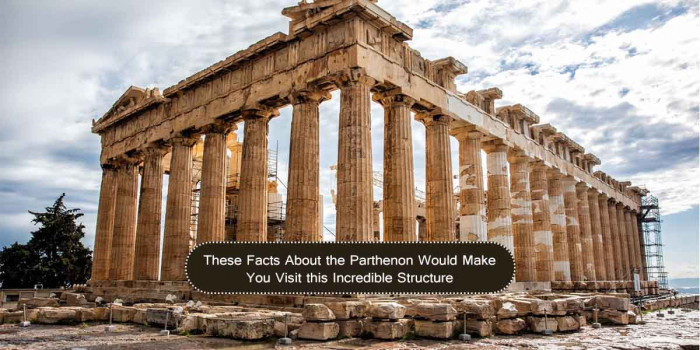
When it comes to history, you have a lot of things to explore. While some are curious to know about the king’s life and his assets, others find about the temples that are dedicated to gods and goddesses. When you read about history’s great civilization, you can’t deny reading about ancient greeks.
If you are planning to travel to Greece anytime soon, then you must visit Parthenon in Athens. Constructed in 447 BC, Parthenon is also a temple, a church, and a mosque. It is built in the classical architectural style and welcomes millions of tourists from around the world. The Parthenon is considered to be the greatest symbol of the Athenian democracy and western civilization. It replaced the temple of Athena, which historians called the Older Parthenon.
It was damaged in 480 BC in the Persian invasion. It served as the city treasury and also as the treasury of the Delian League. In the 6th century AD, the Parthenon was converted into a Christian church. It is a beautiful marble temple that is built between 447 and 432 BC.
The temple is dedicated to the Greek goddess Athena and sits on the top of a compound of temples known as the Acropolis of Athens. It withstood wars, explosions, and remains a powerful symbol of Ancient Greece. Athena represents the highest order of spiritual development and is the symbol of the universal human aspiration for wisdom.
Pitilakis, during the opening of the workshop on Contemporary Interventions in the Athenian Acropolis Monuments, said-
“The Parthenon condenses all that Greece is and all that it has offered to the Western World in the best way. It stands as a symbol of European culture, a symbol of the principle of measure, of art, technology, and human capability. This is because other than the highest artistic creation, it is also a marvel of mechanical engineering.”
It was organized under the graduate program for Anti Seismic Construction Planning.
After 33 years of invasion, Pericles started building the Parthenon to replace the old temple. King Xerxes of Persians destroyed this old temple during the second Persian War. The construction of this beautiful temple continued for four decades. It is believed that over 13,000 stones were used to make this structure, and a total cost to build this was around 470 silver talents. This would roughly cost $7 million today.
Do you know this incredible structure has no right angles and no straight lines? It is a true example of Greek architecture and has 46 outer columns and 19 inner columns. This is an iconic structure and shares amazing facts. Do you know the original carvings of this structure are scattered in France, Denmark, and Greece? Let us know other hidden facts about Parthenon.
1. The Parthenon is Remembered as a Church, a Mosque, and a Temple
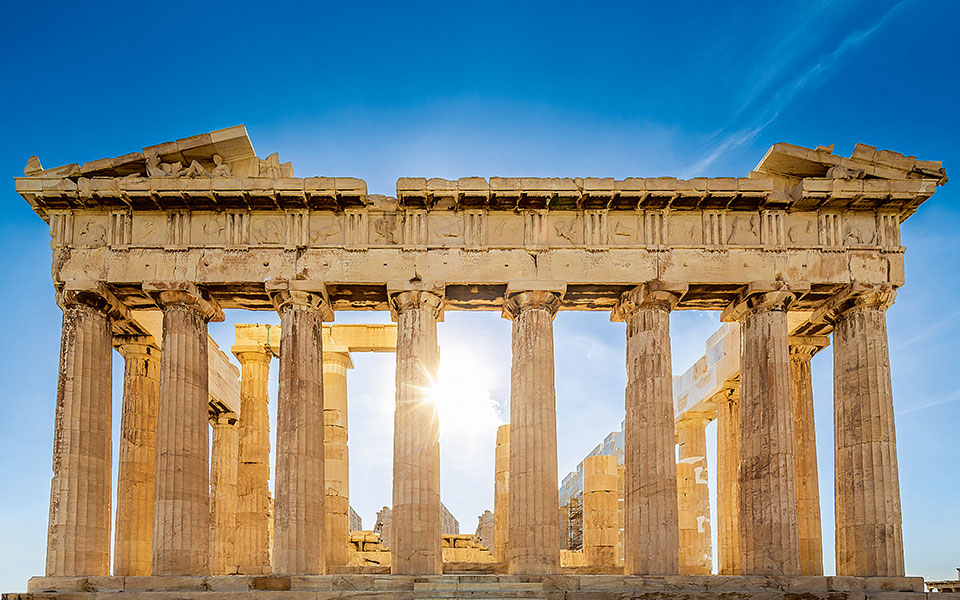
It has been fought over the centuries by different religions. Initially, the temple was dedicated to Goddess Athena, and then it was taken over by Christians. Then it was captured by the Turks, and they converted it into a Mosque with a minaret erected over it. It went into several transformations. It stayed a mosque for over 200 years.
2. The Parthenon Name Comes from the Greek Word παρθενών
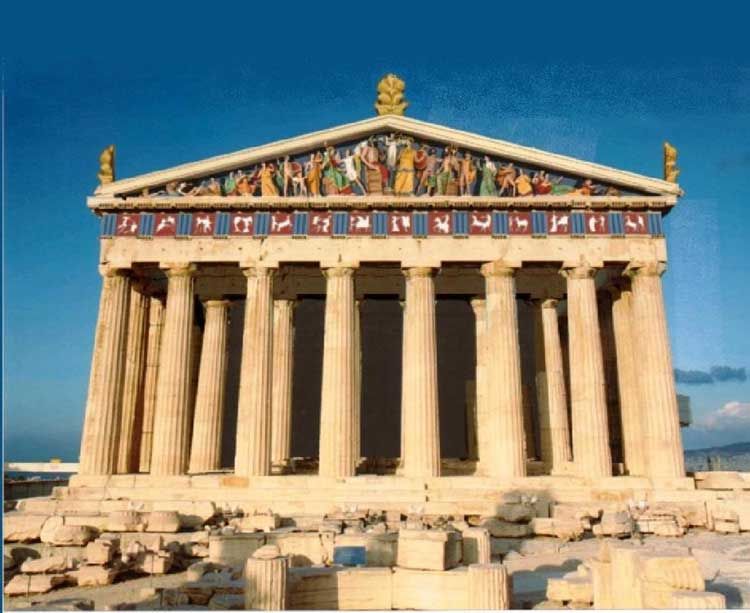
The Parthenon word comes from the Greek word παρθενών, which means unmarried women’s apartments. The word is associated with one room within the Parthenon. The historian’s doubt and debate which room exactly it is.
3. It is Around 2460 Years Old
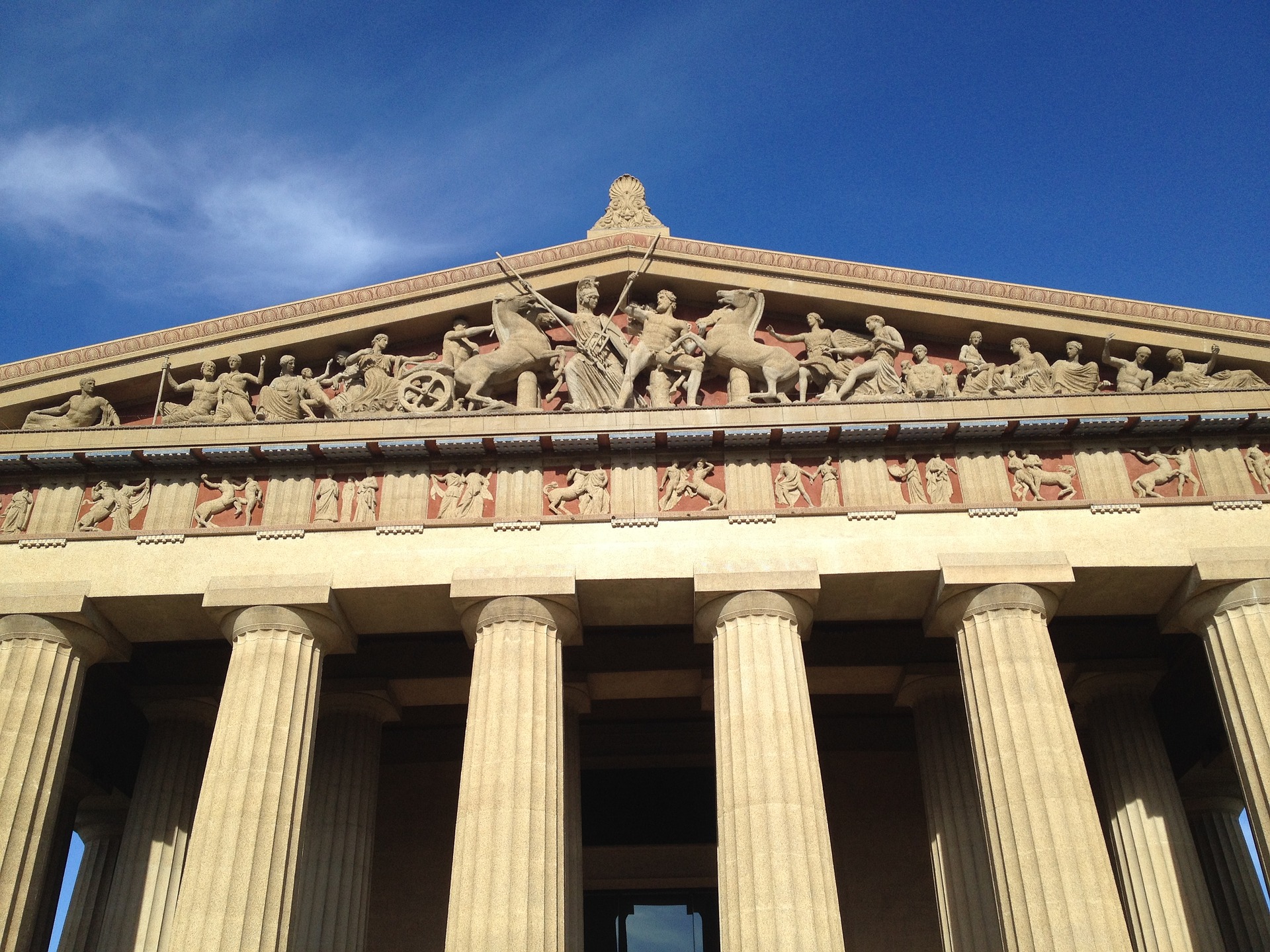
The Parthenon temple started to build in 447 BC. It took around nine years to complete the structure and six years to complete its decoration. The temple was partly destroyed in 1687.
On 26th September, an Ottoman ammunition dump inside the building was ignited by Venetian bombardment. From 1800 to 1803, the 7th Earl of Elgin removed the surviving sculptures with the permission of the Turks of the Ottoman Empire.
4. It Was Quite Colorful
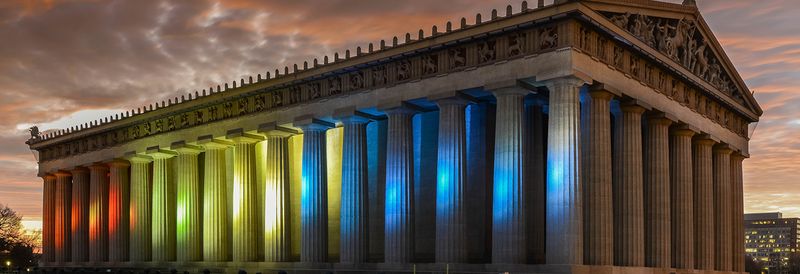
The stonework of Parthenon is colored. The Athens Parthenon was coated with bright colors like red, blue, and green. The archaeologists found traces of red and blue on the temple years ago. The azurite coloring was revealed in the restoration process. According to archeologists, the stone looked different in their prime.
The majority of the stones were painted in bright colors but got faded with time. Weathering is the major reason that caused the colors to fade over time. The carved designs on the buildings were painted in the bright to make them unique.
Some of its intricate carvings now reside in the wing of the British Museum in London. 20% of the surface retained its coating, and half of it was removed.
5. It is One of the Finest Examples of the Doric Order
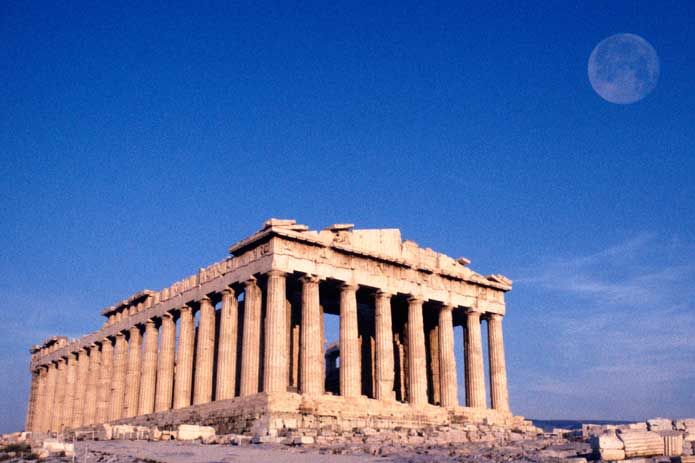
The Parthenon is one of the excellent examples of Greek architecture. Its column has simple capitals and fluted shafts.
The building is filled with impressive architecture. It was designed by Greek architects Callicrates and Ictinus. The Doric columns in the Parthenon are monolithic. The columns were carved, and at the top, create the optical illusion of perfect symmetry. It has an exterior column of the colonnade of eight Doric columns at each end and 17 columns on the long side.
The Parthenon was made from marble that was found around 18kms from the Acropolis. The structure was built with over 100,000 marbles. The majority of the buildings, designed and developed by Ancient Greeks, were constructed from limestone, which dissolved over time. The columns were polished, and the stripling pattern was added overall. The temple was adorned with impressive structures. The rectangular panels of the structure were carved with the Trojan War scenes and from the Battles of the Athenians.
The North of the Parthenon is the beauty of the ancient monuments. Two triangular pediments were commonly used in temples. The theme of the pediment is the competition of the Poseidon and Athena to determine who the patron of the city should be. They occupy the highpoint of the triangle, and other participants on each side were half-man, the second king, Iris, and others.
According to the Canadian Museum of Ministry, the chryselephantine statue of Athena was a work of art and measured 12metres in height. The gold on the statue was worth millions of dollars.
The three types of columns used in temples are Iconic, Corinthian, and Doric. The frieze runs around the upper edge of the wall. It is 3 feet and 5 inches tall and has a single subject on four sides. The architects curved the highest-stair-landing. This makes the temples look bigger than usual.
6. It Was Bombed During the Turkish War
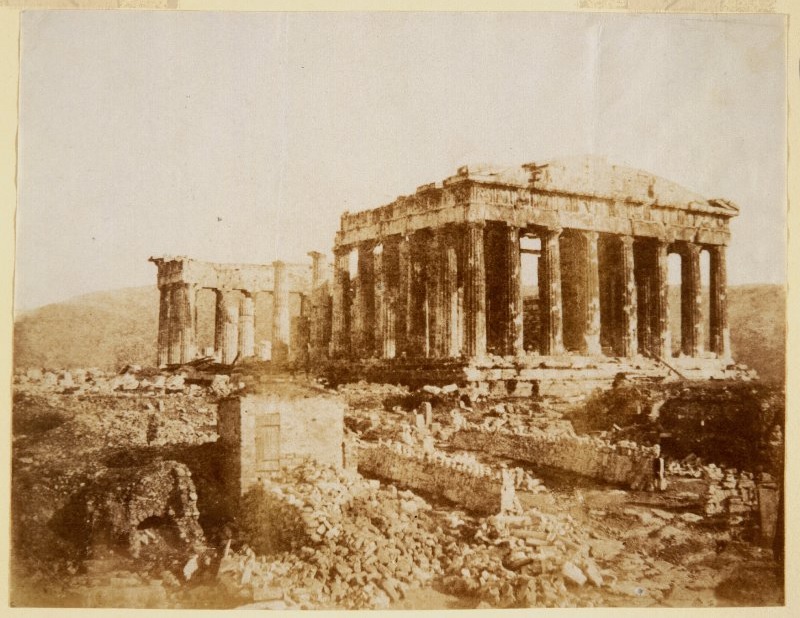
The war between the Ottoman Empire and an alliance was devastating for the Parthenon. In 1456, Ottoman Turkish forces invaded Athens and attacked a Florentine army defending the Acropolis until June 1458. On 26th September 1687, the Morosini directly hit the powder magazine inside the Parthenon.
In 1687, when Venetian forces raided Athens, the Ottoman converted the Parthenon into an ammunition store and provided shelter to women and children. Inside the building, there was a colossal image of Athena Parthenos. It was constructed of ivory and gold by the Pheidias.
7. Elgin Marbles (Carvings) were Carried Away and Shipwrecked
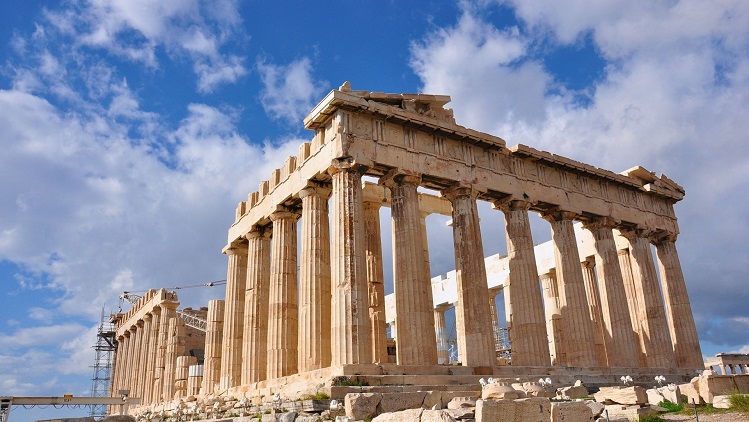
In the 1800s, the British noblemen convinced the Turks to carry the carvings of the Parthenon to England. The boat that carried the carvings sank, and for the two years, the carvings were stuck on the ocean. The Parthenon marbles are also known as Elgin Marbles. These marbles were the collection of Greek marble sculptures.
These marbles were part of the Parthenon temples and other buildings on the Acropolis of Athens. The Parthenon Marbles acquired by the Elgin consisted of 21 figures from the statuary from the west and the east pediments.
Elgin’s acquisitions also consisted of objects from other buildings on the Athenian Acropolis. The temple was decorated with marbles internally and externally. The most iconic architecture is the Ionic frieze on the exterior walls of the building.
8. The Location of the Parthenon was Influenced by the Mythology
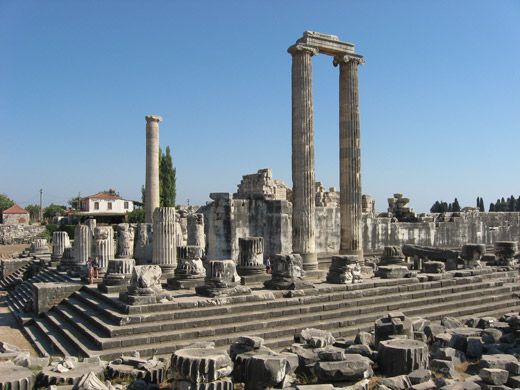
According to facts, the location of Parthenon was plotted within the beliefs of Greek mythology. The temple aligns with a cluster of stars that is known as Hyades. The Hyades of the Greek Legend were the daughters of a Titan named Atlas.
9. The Roof of the Temple was Wooden
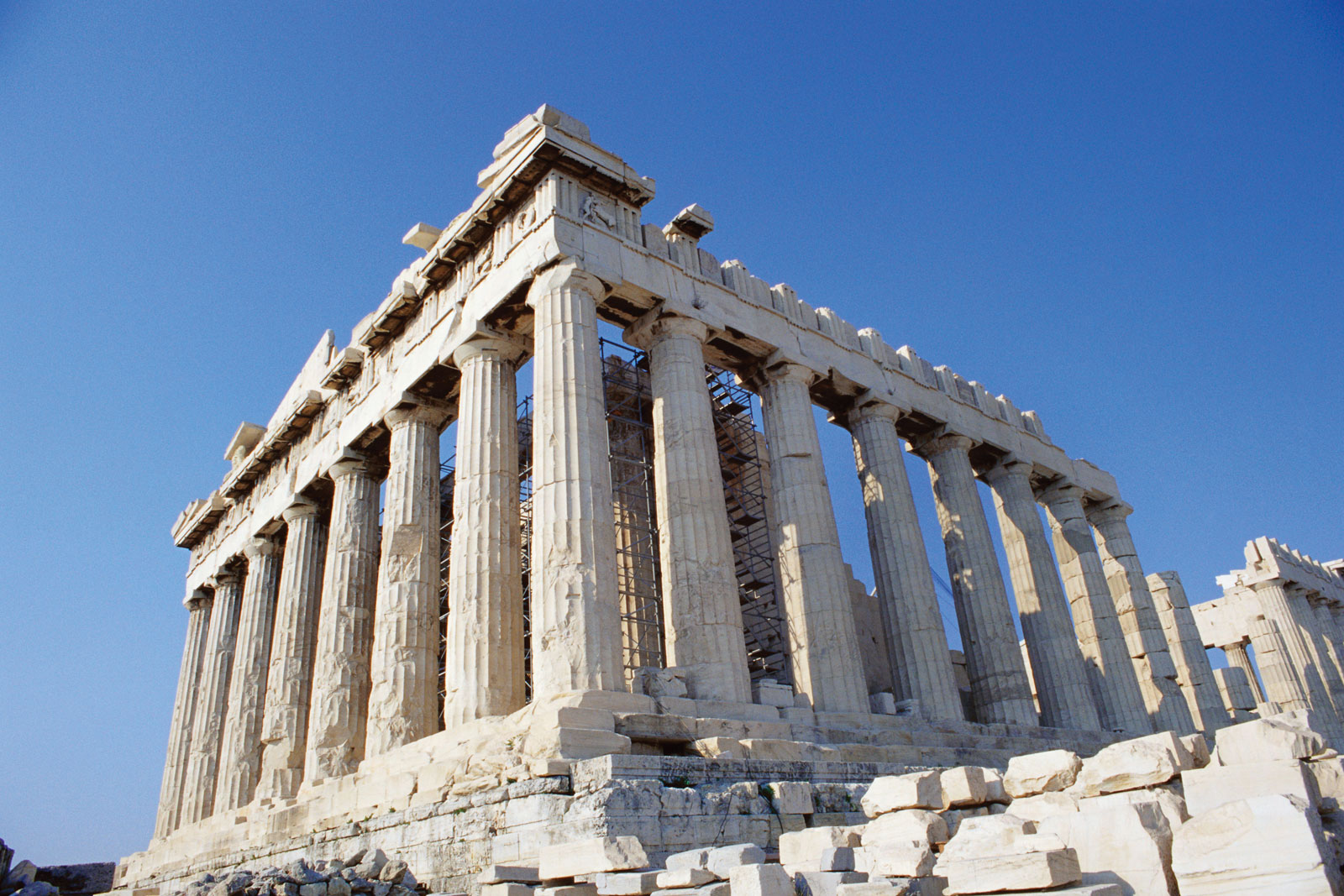
The columns and pediments of the Parthenon were made with expensive materials like marble. But the roof of the building is thought to be made of wood. If the roof was made with marble, then enough pressure was building on the columns. Also, the building might collapse due to this.
10. It Tells a Story of the Battle Between the God of Olympus and Giants
The visitors revealed that they noticed the carvings are visible on the ruins. The Parthenon was designed to tell a story. Each side of the building consists of hand-carved statues that portray scenes associated with Ancient Greek Culture.
The story shows the battle between the God of Olympus and Giants. It also depicts the people with mythological creatures called centaurs.
11. It was Resistant to Earthquakes
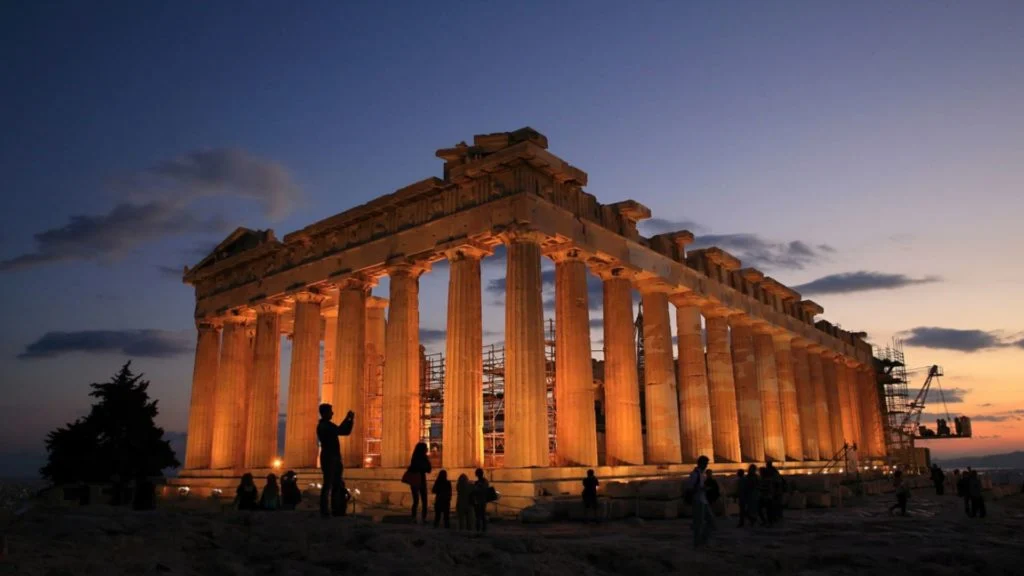
The Parthenon didn’t withstand gunpowder, but it was resistant to earthquakes. Greece is often clattered by earthquakes. Therefore, it was necessary to design the Parthenon to be earthquake resistant. It has survived many earthquakes in 2000 years. A professor of civil engineering department said,
“The modular columns, other than the fact that they were made to be constructed and transported more easily, they are designed so that they have excellent seismic performance properties.”
12. The Colossal Statue was Not Related to Cult
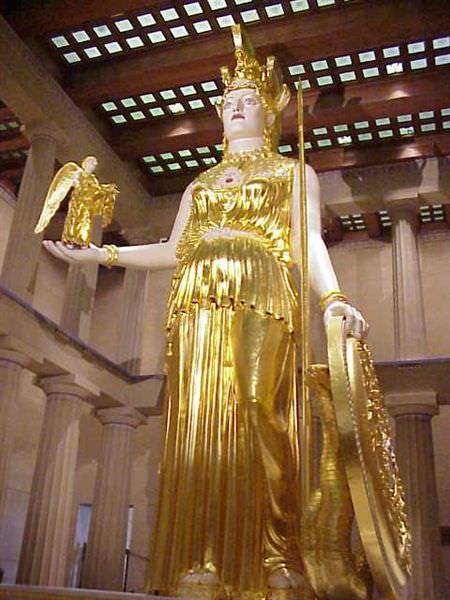
It consists of a 40 feet tall statue of Athena, which is known as Athena Promachos. The statue does not represent any cult image. It is considered to be a gold treasure. Apart from this statue, several treasures are preserved inside the temple.
Final Words
Some of the sculptures of the Parthenon can be captured at the Louvre in Paris, Copenhagen, and France. Whereas, the majority of the sculptures can be visited at the Athens Acropolis stadium.
The first known picture of this beautiful structure was taken in 1839. The biggest expense in designing the Parthenon was carrying over 13,000 stones from Mt. Pentelicus. It is one of the magnificent architecture in Greece and is the major tourist attraction in the world.
Do you know any other facts about Parthenon? If yes, then share them below in the comments section.
Popular Posts
10 Worst Modern Arts Ever That Sold For Millions
Modern art is known for having many hidden masks inside it which is hard to reveal but has a great significant meaning to understand. These artifacts enhance the beauty of the place many folds.
Kimberly Campbell
10 Facts About Angry Indian Goddess Maa Kali
Kali death mother is known for her victory over darkness according to Hindu mythology. She is ferocious and most powerful deity known for her violence and aggression which she utilizes against evil forces to bring peace back to earth.
Ethan Stephans
7 Scientific Facts About Lord Shiva - The Destroyer Of The World
When it comes to religion and god, people often mistake the whole arrangement as some magical experience, but in reality symboli...
Aaditya M








